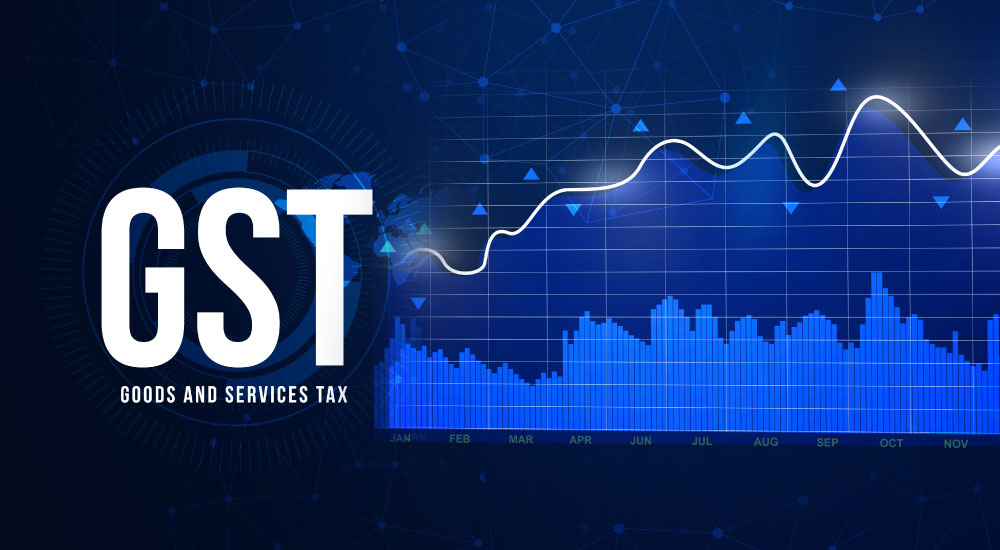The Goods and Services Tax (GST) in India has undergone its biggest overhaul since its 2017 launch. In the 56th GST Council meeting, the government approved a simplified structure (now implemented), reducing the old multi-tier system (0%, 5%, 12%, 18%, and 28%) to just two main slabs—5% and 18%—plus a 40% “sin & luxury” slab for select items.
This reform has come in effect from September 22, 2025, aiming to reduce household costs, boost consumption, and simplify compliance for businesses.
What has changed post GST 2.0?
Essentials & FMCG (Nil or 5%)
- Pre-packaged paneer, UHT milk, rotis, paranthas
- Life-saving medicines (33 existing + 3 new cancer/rare disease drugs)
- Individual life and health insurance policies
5% GST (Earlier 12%/18%)
- Butter, ghee, cheese, condensed milk
- Bhujia, namkeen, potato chips
- Packaged juices, ketchup, jam, mayonnaise
- Pasta, noodles, corn flakes, confectionery
- Shampoos, soaps, toothpaste, toothbrushes
- Bicycles, kitchen utensils, tableware
- Agricultural machinery & bio-pesticides
- Medical devices (thermometers, glucometers, oxygen, spectacles)
Impact: Daily groceries, personal care, and household essentials get significantly cheaper.
Consumer Durables & Automobiles (18%)
- Air conditioners, televisions, refrigerators
- Small cars (≤1200cc petrol/≤1500cc diesel)
- Entry-level bikes (≤350cc)
- Cement, auto parts, buses, trucks, ambulances
- Apparel above ₹2,500
Impact: Big-ticket purchases now fall under the 18% slab, down from 28%, making upgrades more affordable.
Luxury & Demerit Goods (40%)
- Carbonated & caffeinated beverages
- Mid-size and luxury cars (above small car category)
- Tobacco products, gutkha, pan masala, cigarettes (rates maintained under new 40% slab)
Impact: Premium items remain costly, ensuring higher taxation on non-essentials and demerit goods.
Why this matters?
For households
- Lower grocery bills: Essentials and FMCG items taxed at 5% or nil.
- Cheaper upgrades: Cars, ACs, TVs, and cement now at 18%.
- Health & protection at zero tax: Insurance and critical medicines exempt.
For businesses
- Simpler compliance: Only two main slabs to manage.
- Boost in demand: Affordable pricing can fuel sales volumes.
- Competitiveness in exports: Lower logistics and input costs enhance global trade opportunities.
Key benefits of GST revamp
-
Savings for families: Reduced taxes on essentials leave more disposable income.
-
Growth for industries: Increased demand drives production, supporting job creation.
-
Simplification for compliance: Managing only two main GST slabs makes tax filing easier.
-
Balanced taxation: Everyday items are affordable, while luxuries and demerit goods remain highly taxed.
Bottom line
India’s new GST structure—5%, 18%, and 40%—strikes a balance between consumer affordability and government revenue needs. Essentials and durables are cheaper, insurance and medicines are tax-free, and luxury items face higher taxation.

















